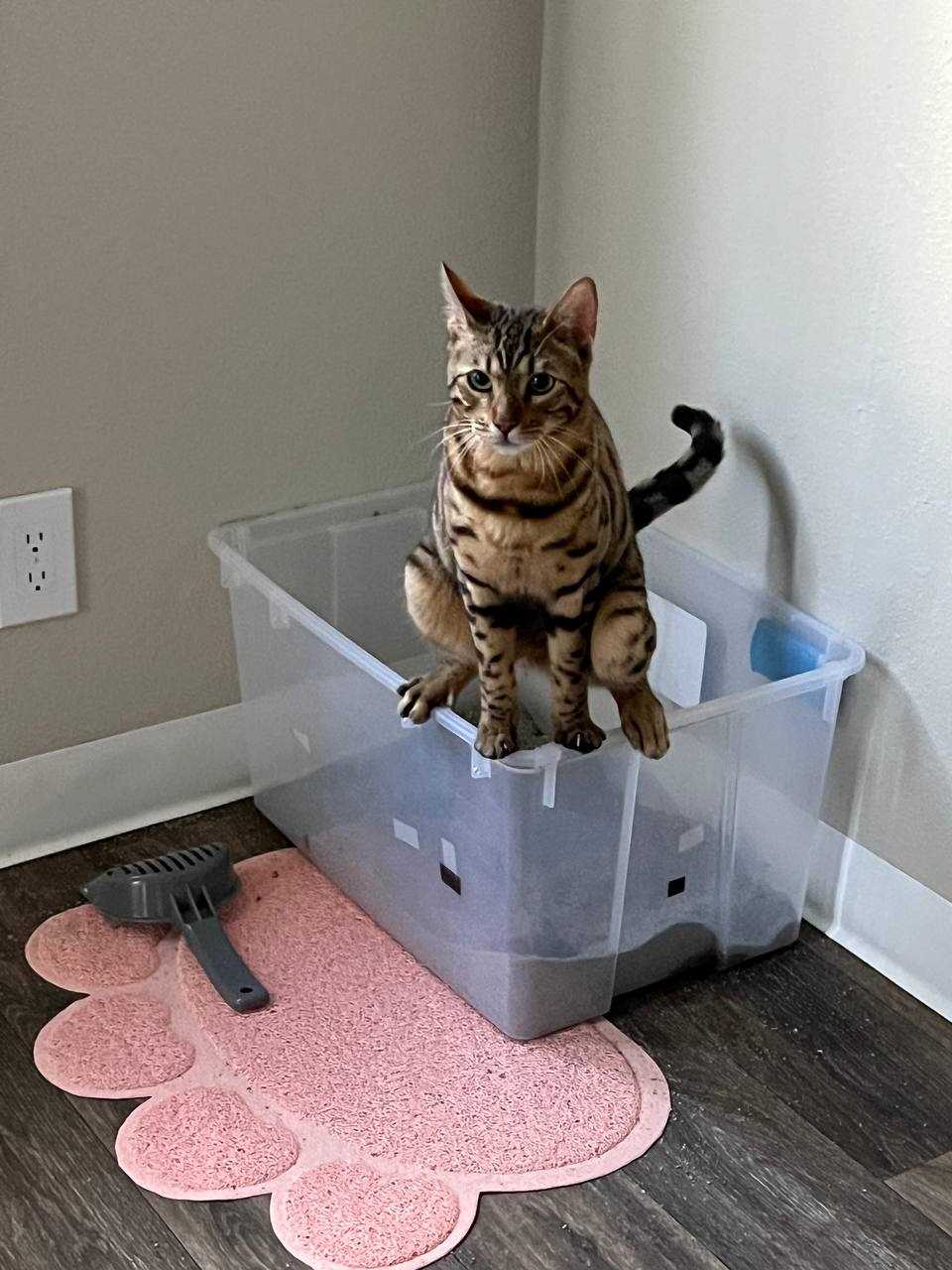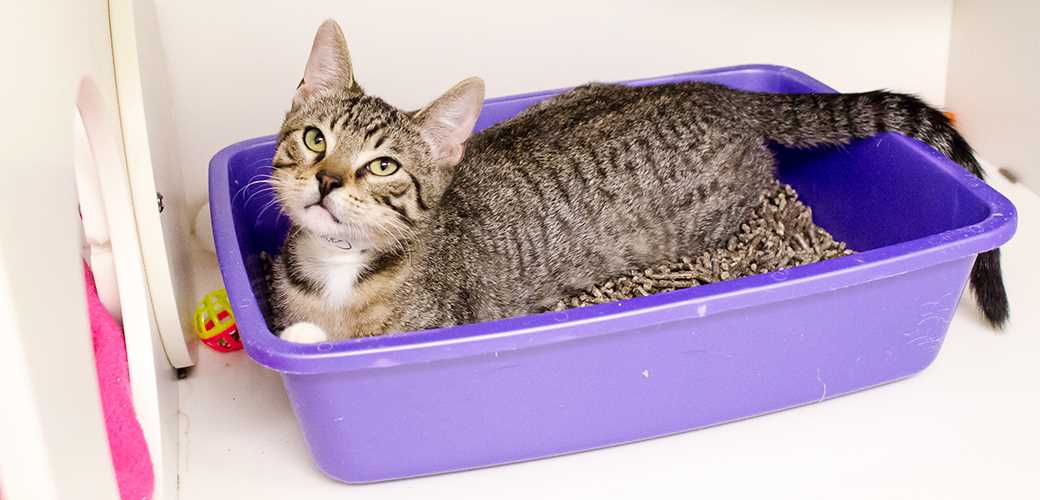



Immediate attention is necessary if your furry friend is avoiding their designated restroom area. Start by evaluating the cleanliness of their setup. A soiled environment can deter any pet from returning. Aim for daily maintenance, ensuring that waste is promptly removed and the area is refreshed regularly.
Next, consider the location. A quiet, easily accessible spot is ideal. If there are recent changes in your home, such as new furniture or noise sources, this might cause anxiety. Relocating their toilet to a calmer area could encourage them to go back.
Evaluate the type of substrate being used. Some pets develop preferences, and a switch in materials can lead to refusal. Experiment with different textures or brands to find one that suits their taste. It may seem trivial, but the feel under their paws can significantly impact their willingness to use it.
Lastly, keep an eye on their health. Changes in bathroom habits can signal underlying medical issues. If the avoidance persists, a trip to the vet for a thorough examination is advisable to rule out any physical concerns.
Assessing Health Issues in Your Feline Friend
If you notice a shift in bathroom habits, schedule a vet visit. It’s crucial to rule out potential medical problems.
Keep an eye out for signs of distress: changes in appetite, excessive grooming, or signs of pain. Any of these may indicate an underlying issue.
Consider urinary tract infections, common in my breed. Symptoms include straining, blood in urine, or frequent attempts without success. Swift action is necessary here.
Dental problems can also affect behavior. If eating becomes difficult or painful, it might lead to avoidance of certain areas. Regular dental check-ups can prevent this.
Monitor weight closely. Sudden changes can suggest metabolic disorders or other illnesses. Maintaining a healthy weight is essential for overall well-being.
Lastly, note any behavioral shifts. Increased hiding or aggression may signal stress or discomfort related to health concerns. Observing these changes can provide valuable insights.
Evaluating the Litter Box Setup
If your potty area isn’t working for you, changes might be necessary. Start by assessing the size and shape; I prefer a spacious spot that allows movement. If the enclosure feels cramped, consider upgrading to a larger version.
Material Matters

The substance inside can make a difference. I enjoy a fine, clumping product that feels comfortable on my paws. Test various types to find what suits best. Avoid overly scented options, as they can be off-putting.
Location Check
Placement is key. Ensure the area isn’t too noisy or busy. A quiet corner away from food and water sources is ideal. If it’s too close to my favorite lounging spots, I might avoid it.
| Factor | Recommendation |
|---|---|
| Size | At least 1.5 times your length |
| Material | Fine clumping, unscented |
| Location | Quiet, away from food/water |
Adjusting these elements can lead to a happier experience. If you’re exploring natural options for cleaning, can I use neem oil in a pressure washer might be a useful query.
Understanding Behavioral Changes
Notice shifts in my actions? It could stem from stress or anxiety. Sudden noises, new people, or even changes in routine might trigger unease. It’s key to observe surroundings and interactions. Create a calm space for relaxation. Use familiar scents and soft bedding to alleviate tension.
Social dynamics play a role too. I might feel threatened by another pet or even by changes in human behavior. Monitor my interactions. If I show signs of aggression or avoidance, consider introducing slow, positive interactions to rebuild trust.
Age also factors in. As I grow older, my preferences might change. I may seek solitude or have altered energy levels. Adjust expectations accordingly and provide a safe, quiet area where I can retreat.
Environmental stimuli, like strong scents or new materials, can also affect my comfort. Ensure that my space is free from overwhelming odors and clutter. Familiarity aids my sense of security.
Finally, routine consistency is crucial. Sudden changes in feeding or playtime could cause confusion. Stick to a schedule wherever possible to help maintain stability in my daily life.
Exploring Stress and Environmental Factors

Changes in surroundings can significantly influence my habits. If I’m feeling anxious or threatened, I might avoid my designated area altogether. It’s essential to examine any recent shifts in my environment. Have there been new additions to the household, such as pets or people? Loud noises, like construction or fireworks, can also cause me to feel uneasy.
Creating a Safe Space
Establishing a quiet and secure area is crucial. Ensure my resting spot is away from high-traffic zones. Consider providing vertical spaces, like shelves or cat trees, where I can retreat. This will help me feel more in control and less stressed.
Routine and Familiarity
Stability in daily routines matters. Sudden changes in feeding times or play schedules can unsettle me. Keeping a consistent routine helps me feel more at ease. Incorporating familiar scents, like my favorite blanket, can also provide comfort and encourage me to return to my regular habits.
If stressors persist, consulting with a veterinarian or an animal behaviorist may be beneficial. They can provide insights tailored to my specific needs and help restore harmony in my environment.
Choosing the Right Litter Type
Opt for unscented options made from natural materials like corn, wheat, or paper. These tend to be gentler on sensitive noses and paws. Clumping varieties can simplify cleanup, but some may prefer non-clumping types for a more natural feel.
Test different textures; some enjoy fine granules, while others may favor coarse ones. Observe preferences; if your furry friend avoids a particular kind, it might be time to switch. Ensure that the chosen product absorbs moisture well while minimizing odors.
Avoid clay-based litters; they can create dust and may irritate respiratory systems. Also, consider your human’s lifestyle; low-tracking options can keep your home cleaner. Experiment with various brands to find what makes your pal feel comfortable and secure.
For added stimulation, consider pairing litter changes with engaging activities, such as toys. Check out the best toys for siamese cats to keep the mood light and playful while ensuring your buddy is happy with their setup.
Implementing Training Techniques

To encourage consistent behavior, I recommend using positive reinforcement. When I use my designated area, I receive treats or praise. This motivates me to repeat the action.
Establish a routine. Regular feeding times lead to predictable bathroom habits. Observing me after meals can help you understand my schedule.
Gradually introduce changes. If switching to a new substrate or changing locations, do it slowly. This minimizes confusion.
- Observe my preferences for location and type of substrate.
- Provide multiple options in different areas to see what I like best.
- Keep my space clean to encourage usage.
Consider using a clicker during training. The sound signifies a reward is coming, reinforcing the desired action.
Be patient. Training takes time, and consistency is key. Celebrate small victories to keep motivation high for both of us.
If I still resist, revisit the previous sections. Sometimes, underlying issues need addressing before training can be effective.









